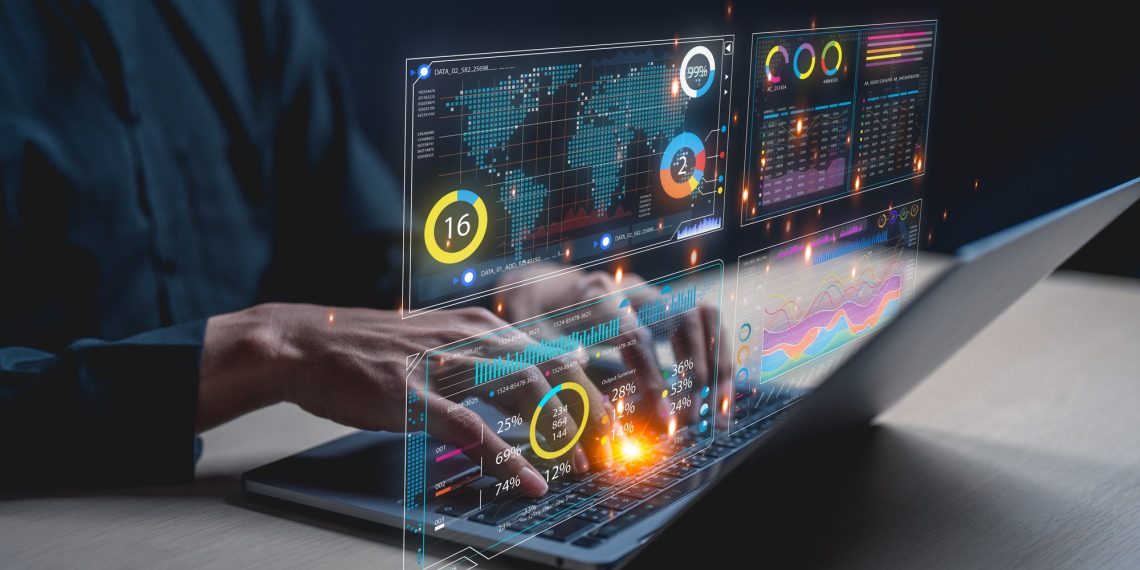AI agents are now moving from experimental phases to active roles in business operations, particularly in cybersecurity and customer service. Companies are deploying these solutions to automate repetitive work, enhance threat detection, and improve customer engagement, driving both efficiency and cost savings.
Cybersecurity teams are under increasing pressure as AI-powered threats, such as sophisticated phishing and social engineering attacks, become more common. Tools like Charlotte AI help organizations combat these risks by automating the detection and prioritization of security alerts, achieving over 98% accuracy and saving teams significant time each week. This allows security professionals to focus on proactive threat hunting while still maintaining control over key decisions through customizable human oversight.
Scaling AI agents beyond prototypes remains a challenge for many enterprises. Databricks addresses this with Agent Bricks, a platform that automates the evaluation and testing of AI agents using real business data. By reducing manual development tasks, businesses can deploy agents for tasks like information extraction, knowledge assistance, and complex data transformation, ultimately accelerating the move to production-ready solutions.
In practice, companies like hipages Group have used AI agents to cut lead response times by 60% and automate verification processes, unifying customer data and improving satisfaction. Urban Rest leverages AI for guest self-service, supporting operations across hundreds of properties without on-site staff and increasing team productivity by 50% while reducing field visits. At Kudosity, an AI agent named ‘Emily’ now handles 40% of customer inquiries, seamlessly escalating complex issues to human agents when necessary.
These examples illustrate how AI agents deliver real business value by automating routine tasks, enhancing data-driven decision-making, and personalizing customer experiences. The focus for businesses is now on building reliable, scalable AI systems with the right balance of automation and human judgment to adapt to evolving needs and threats.









